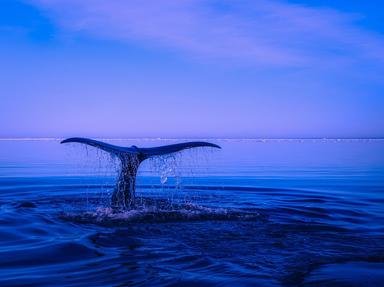Quiz Answer Key and Fun Facts
1. The early history of Fiji is the subject of much speculation where not much solid evidence is known. Why is this?
2. In the 10th century A.D., Fiji fell under the control of which empire?
3. In 1643, who became the first European to visit Fiji?
4. Who or what was Charles Savage?
5. Which of the following practices was exploited by Europeans to justify colonizing Fiji and other Pacific islands?
6. What is the name of the Fijian chief who was able to temporarily expel Christians from the Fiji Islands in the 1840s?
7. Why did the British government decide against annexing Fiji in 1862?
8. Which event caused an influx of white settlers into Fiji in the early 1860s?
9. Which of the following was a characteristic of government under the new Kingdom of Fiji that was formed in 1871?
10. What was considered the biggest issue facing Fiji at the dawn of its independence in April 1970?
Source: Author
Joepetz
This quiz was reviewed by FunTrivia editor
ponycargirl before going online.
Any errors found in FunTrivia content are routinely corrected through our feedback system.

